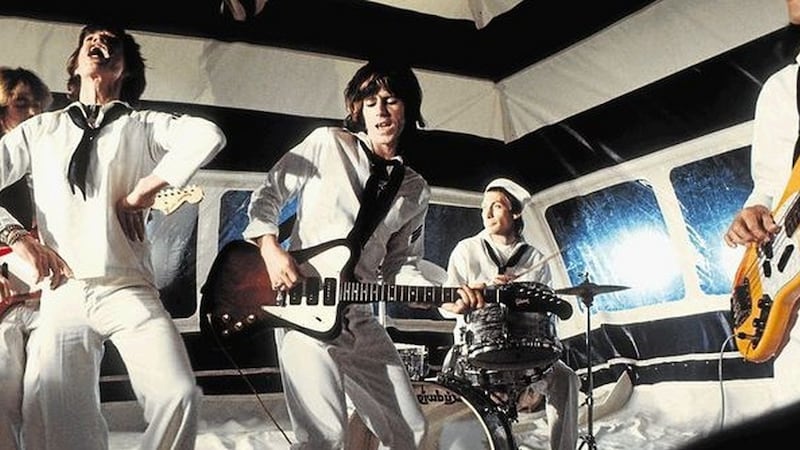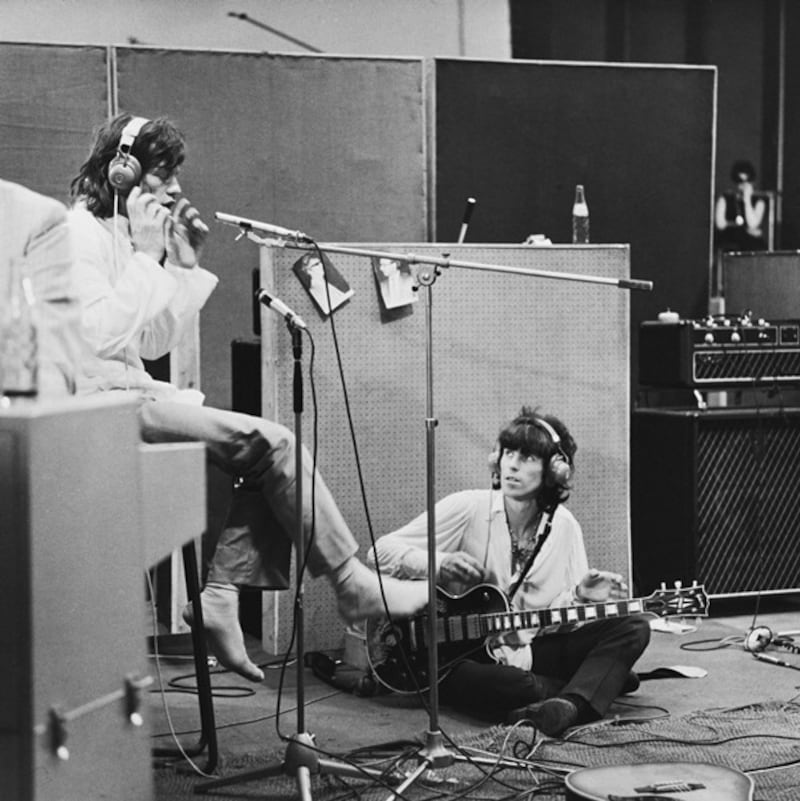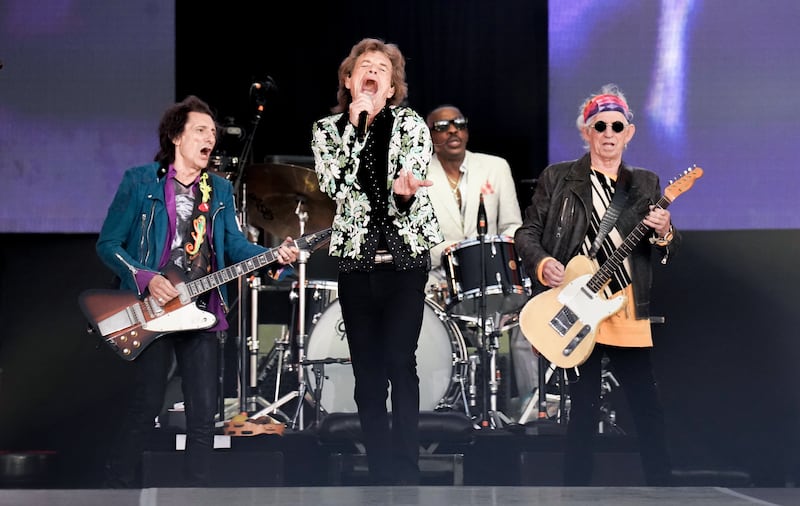As Michael Jagger reaches an impossible 80th birthday, let us ponder his greatest gift to the world.
In 1967, William Rees-Mogg, then editor of the London Times, but not yet father of Jacob, dragged Alexander Pope into an editorial on the recent drugs bust (as he almost certainly wouldn’t have called it) at Keith Richards’s house in rural Sussex. Both the householder and his pal Mick were slung into the nick for a night while the commentarial pondered the consequences. Perhaps surprisingly, it was Rees-Mogg’s piece in the Thunderer, rather than any hand-wringing in the Guardian, that is remembered as the most potent defence. “Who Breaks a Butterfly on a Wheel?,” he asked, quoting from Pope’s Epistle to Dr Arbuthnot. The editor went on to air a suspicion “that Mr Jagger received a more severe sentence than would have been thought proper for any purely anonymous young man”. Mick eventually got away with a conditional discharge.
Rees-Mogg was just the right side of 40 at the time of the arrest. Contemporaneous photographs show a sober-looking, grey-suited individual wearing the sort of heavy glasses that have since passed through a style revolution and become vaguely trendy. A high forehead is topped by a straggled parting. He looks, in short, as all everyday men were once supposed to look when they passed the age of 25. You wore a suit and tie from Monday to Friday. You only ever wore denim if you worked on the railways. Hair and collar were never in contact. The trouser fly was the only place a zip was found on your clothing.

This wasn’t entirely a class thing. Look at photographs of British football crowds in 1960 and you will see quite a few dressed as if for a formal appointment. There is little colour to the garments. “Ladies” encountered a more complex series of informal regulations, but, to a certain point in history, they were still expected to dress for the village fete when 30 loomed. Rees-Mogg was, in 1967, well over a decade younger than Jade Jagger, daughter of Mick and Bianca, is at time of writing. Happily, she does not yet feel the need to pull on sober formal prints when presenting her latest jewellery collection.
READ MORE

Anyway, Mick Jagger was 80 on Wednesday. This scarcely seems possible. It is like learning Bosco or Paddington is 80. As with those fictional characters, Sir Michael seems – let’s not look too close – forever manacled to the age at which the wider world first met him. The same year as of the drugs bust, the Sunday Times Magazine asked artist Michael Leonard to create an impression of what Jagger would look like 30 years hence. At this stage the notion of the Beatles and the Stones reaching middle age was the stuff of science fiction. Most everyone assumed their music would soon be as unfashionable as George Formby’s then was. Leonard delivers something between a Belle Époque roué and a rougher Noël Coward. His hair receding (as if), black cigarette in a silver holder, Jagger scowls downwards in an apparent state of imperial regret. He wears a white polo neck and an odd furry high collar. One could imagine this version, alone in a gothic castle, sadly reliving that brief dawn when he ruled the world. Like Norma Desmond in Sunset Boulevard. Only a dead monkey for company.

That was not how things worked out. At the age of 54, Jagger was a marginally more creased variation on the 1967 edition. He was still touring with the Stones. Rather than dressing like a faded silent star, he sported lurid tracksuits while leaping explosively round the world’s great stadiums. Twenty-six years later there isn’t much to add. It is less than 12 months since the Stones worked through their hits on the 60th anniversary tour. The face still looked like a friendly old saddle.

What else would you expect? By the time William Rees-Mogg had written that editorial, Jagger and his generation had liberated young men from the requirement to dress like their dad the minute they attained voting age. Jagger more than anyone else. The Beatles began in their nice little suits. The Stones frontman strolled before the camera in a polo shirt, checked slacks and desert boots. The world noticed and did the same. Manners altered accordingly. Not everyone could live Jagger’s extravagant life, but you needn’t adopt the tweedy bristle of a golf club bore either. Jagger and crewri. It was not a change to compare with the great social liberations of the 1960s, but it mattered for those who chose to get on board.
Not everyone did. Jacob Rees-Mogg was born in 1969. But that’s a story for another day.















